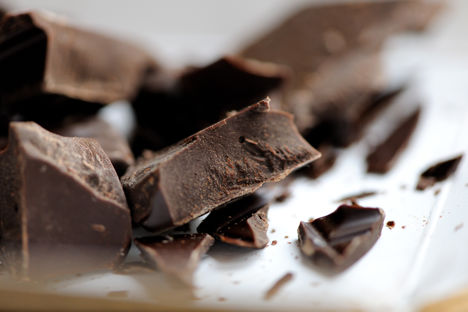
Fort on food: chocolate
Matthew Fort shares his wisdom on one of the world's most beloved treats: chocolate.
Fort on food: chocolate
Matthew Fort shares his wisdom on one of the world's most beloved treats: chocolate.
Chocolate is incredibly complex – it contains 380 known chemicals, some of which are opioids, some of which have a cannabinoid-like effect, some of which act as antioxidants, and some of which are plain delicious. It is a myth that the higher the ‘chocolate’ (i.e. cocoa butter and cocoa solids) the better the chocolate. It may or it may not, although below a certain point all you will get is rubbish.
There is endless debate amongst chefs as to which is the best source for coverture, the chocolate used in cooking. Valrhona is probably the most widely used. But many swear by Amadei, Michel Cluizel, Callebaut, EL Rey and Felchin among others.
We all know that chocolate can form the basis of a great dessert but lesser known is its ability to go into savoury dishes as a flavour harmoniser. In South American regions it is often used in chilli, to add depth to the dish’s overall taste - just be careful not to overdo it.
Fruit and chocolate can be a loving marriage - chocolate and cherry, chocolate and passion fruit and, of course, chocolate and orange, all work perfectly in sweeter courses. White chocolate, with its essence of vanilla, is used by those in the know, as a subtler instrument of flavour.
Nutty notes also work well chocolate. Peanuts, almonds and hazelnuts are divine once coated in white, dark or milk chocolate.


